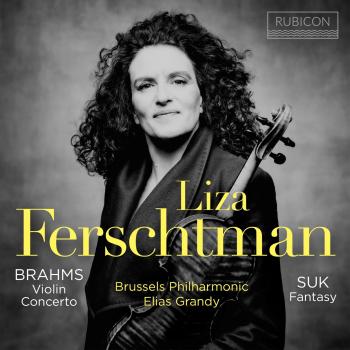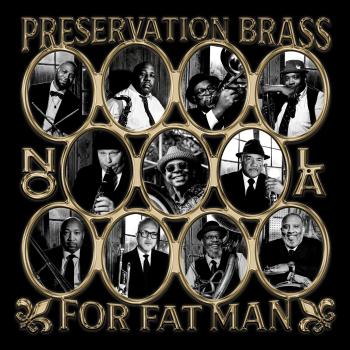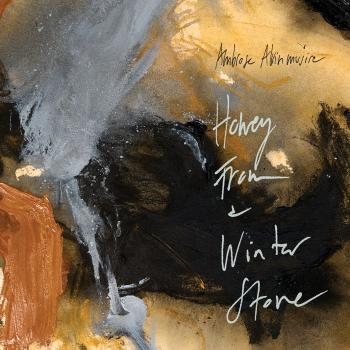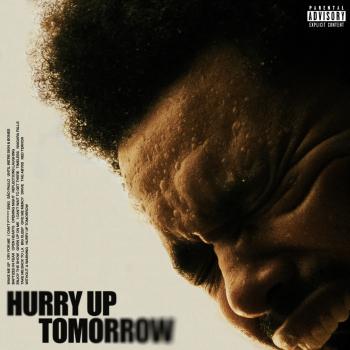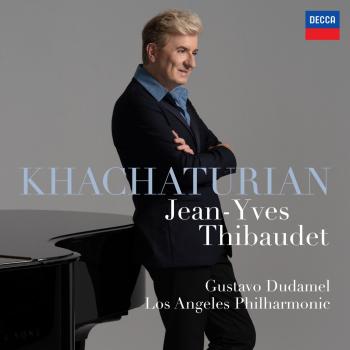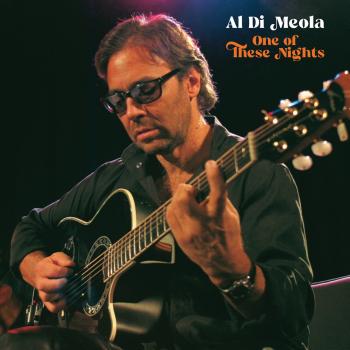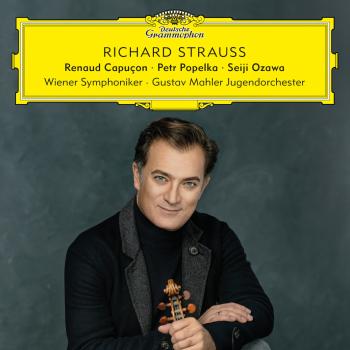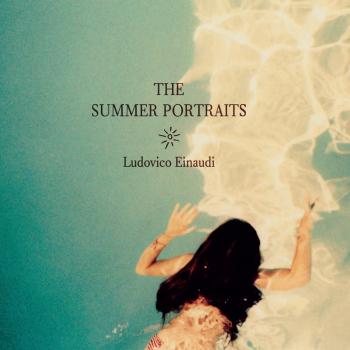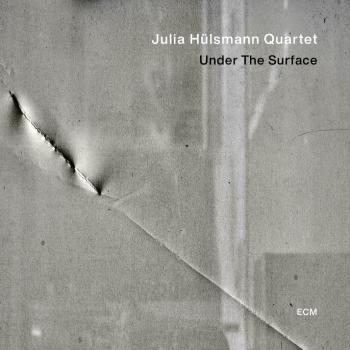
Fantasticus: Baroque Chamber Works Fantasticus XL
Album info
Album-Release:
2012
HRA-Release:
07.09.2012
Album including Album cover Booklet (PDF)
- Alessandro Stradella (1639-1682)
- 1 Sinfonia No. 22 in D minor 07:51
- Dieterich Buxtehude (c. 1637-1707)
- 2 Sonata in A minor, BuxWV 272 07:42
- Giovanni Antonio Pandolfi Mealli (c. 1629-c. 1679)
- 3 6 Sonatas per chiesa e camera, Op. 3, No. 4. La Castella 06:47
- Johann Heinrich Schmelzer (c. 1620/23-1680)
- 4 Sonata a 2 in A minor 06:00
- attr. Augustinus Kertzinger (d. 1678)
- 5 Sonatina in D minor 04:50
- Antonio Bertali (1605-1669)
- 6 Sonata a 2 in D minor 06:45
- Georg Muffat (1653-1704)
- 7 Apparatus musico-organisticus - Passacaglia in G minor 07:45
- Dietrich Buxtehude / Sonata and Suite in B flat, BuxWV 273
- 8 Sonata 08:07
- 9 Allemand 02:17
- 10 Courant 01:23
- 11 Saraband 00:49
- 12 Gigue 01:23
- John Jenkins (1592-1678)
- 13 Fantasia in D minor 04:50
Info for Fantasticus: Baroque Chamber Works
The talented Baroque trio, Fantasticus, here make their debut recording with an album including works by Dieterich Buxtehude, Antonio Bertali, John Jenkins, Giovanni Antonio Pandolfi Mealli, Augustinus Kertzinger, Georg Muffat, Alessandro Stradella and Johann Heinrich Schmelzer. Based in Amsterdam, Fantasticus features Rie Kimura (Baroque violin), Robert Smith (viola da gamba and Baroque cello) and Guillermo Brachetta (harpsichord) and is inspired by the gloriously virtuosic music from the end of the 17th century, from which the name Stylus Fantasticus was coined.
The Stylus Fantasticus is the name for a genre of virtuoso chamber music, originating from Italy in the early 17th century. This style moved up through Austria and spread out all over Europe extending its influence as far as England, Germany and Denmark. Often driven along by ostinato bass patterns, the music is remarkable in its unending energy, its florid solo lines and its inherent freedom. Composers in this style inevitably pushed the boundaries of “correctness” not only in their work however, but also in their often turbulent social lives.
The seventeenth century saw a dramatic rise in the status of instrumental music. In earlier centuries, instruments were mainly used to double voices or play improvised dances. But from 1600 onwards, an instrumental repertory emerged independent of vocal and dance music. This new repertory increasingly featured idiomatic instrumental techniques, such as multiple-stopping for stringed instruments or rolled chords for keyboardists. For the first time in history, composers could gain a European reputation principally by writing instrumental music, as with Heinrich Biber (1644-1704), Arcangelo Corelli (1653-1713), Johann Jakob Froberger (1616-1667) and many others.
The emerging repertory of idiomatic instrumental music posed a compositional challenge. How should such instrumental works be structured when they had no words? Should a composer follow dance rhythms or the logic of counterpoint? Or should the piece be a showcase for the virtuosity of an individual performer? In 1650 an answer to this dilemma was provided by the Jesuit polymath Athanasius Kircher (1601-1680). In his Musurgia universale he formulated the notion of the stylus fantasticus (also known as stylus phantasticus): ‘The fantastic style is suitable for instruments. It is the most free and unrestrained method of composing; it is bound to nothing, neither to words nor to a melodic subject; it was instituted to display genius and to teach the hidden design of harmony...’ Kircher conceived the stylus fantasticus as primarily contrapuntal, but using freely invented themes rather than the cantus firmus (pre-existing melodies) often used in vocal counterpoint. As examples of the fantastic style, Kircher quoted excerpts from several pieces, including Froberger’s Fantasia on the theme Ut, re, mi, fa, sol, la and a sinfonia for four lutes attributed to Lelio Colista (1629-1680).
By the eighteenth century, concepts of the stylus fantasticus had broadened. Writing in 1739, the Hamburg theorist Johann Mattheson (1681-1764) defined it as an improvised or improvisatory style: ‘a singing or playing that comes of free genius or, as is said, ex tempore. [...] This style is the most free and unrestrained manner of composing, singing and playing that one can imagine, for one hits first upon this idea and then upon that one, since one is bound neither to words nor to melody, only to harmony, so that the singer or player can display his skill.’ As examples, Mattheson quoted the rhapsodic openings of keyboard toccatas by Froberger and Dieterich Buxtehude (c. 1637-1707); these unrestrained outpourings contrasted with the contrapuntal pieces cited by Kircher.
Rie Kimura, baroque violin
Robert Smith, viola da gamba & baroque cello
Guillermo Brachetta, harpsichord
No biography found.
Booklet for Fantasticus: Baroque Chamber Works

